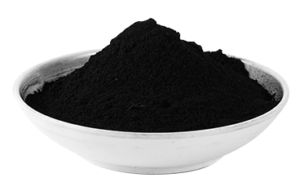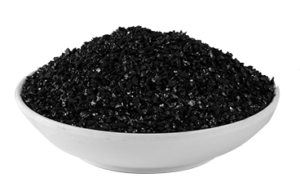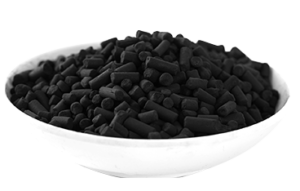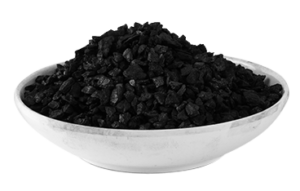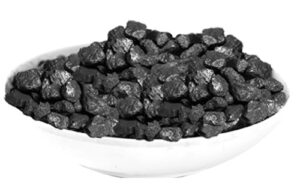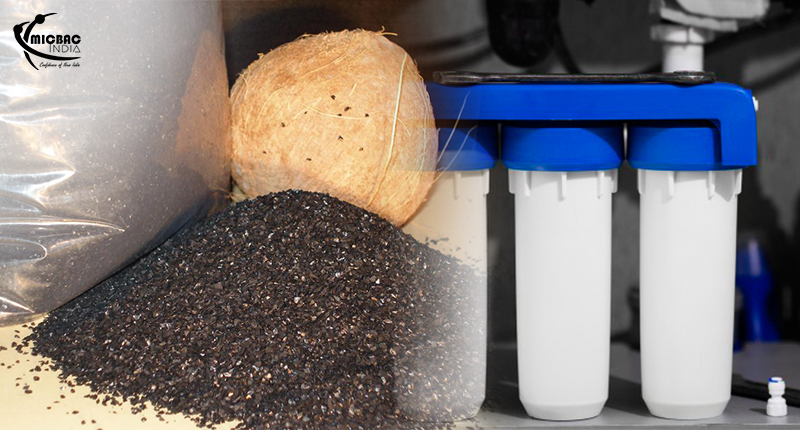Water purifiers frequently use activated carbon pre-filters for the filtration purpose. Since activated carbon has got a large internal surface area, it is a powerful adsorbent for numerous types of contaminants that can be found in the drinking water. Activated carbon is mostly obtained from anthracite, lignite and bituminous coal, peat, coconut shells and petroleum-based residues.
The majority of the carbonaceous materials come with a specific level of porosity along with an internal surface area within 10-15 meter2 / gram (m2/g). The process involved in activation of carbon is characterized is a technique wherein carbon atoms are oxidized through the application of steam at very high temperature. This helps to enhance the inner surface of carbon to around 1000-1200 m2/g.
Through this activation process, a network of fine and minute cavities, pores or openings of varying diameters are opened on the surface of the carbon. These pores are used by the water for accessing the extensive internal surface that is created by this activation. The diameters of the pore are generally grouped in the following manner:
- Micro-pores < 4 nm
- Meso-pores 4-500 nm
- Macro-pores > 500 nm (typically 500-2000 nm)
A contaminant present in the water can go through adsorption on activated carbon surface and this is triggered by hydrophobicity of a molecule. The process may also be driven by the affinity of a contaminant molecule to carbon. Alternately, it can result from a combination of both these factors.
The hydrophobic substance is going to bind with its carbon surface in a better way compared to a standard hydrophilic substance. The majority of the organic contaminants present in the drinking water are typically hydrophobic in nature. This means that they can bind quite well with non-polar carbon surface that are present within the pores. The activated carbon components can get rid of the organic contaminants, such as herbicides, pesticides and many VOCs. It can also remove disinfection by-products such as Tri halo methane.
It is now a well-known fact that coconut shell activated carbon components are the most widely preferred form of activated carbon in the filtration industry. The activated carbon made from coconut shell is known for the presence of pores that are predominantly in the micro pore range. Nearly 85% to 90% of the surface area of the coconut shell activated carbon has micro-pores. The small pores can easily match the precise size and dimension of the contaminant molecules present in the drinking water which is why it is very productive in trapping them.
The peat activated carbon and the wood activated carbon components have mainly meso pores and macro-pores that can help in trapping bigger molecules. Their pore structure falls between the coconut shell and the wood-based carbons. The macro-pores are regarded as an effective access point for the micro-pores. The meso-pores are not suited for adsorption, except in cases where the surface areas of the pores are large, i.e.400 m2/g or more. The widespread presence of the micro-pores in the coconut shell carbon provides it with a structure that ensures good mechanical strength along with hardness.

